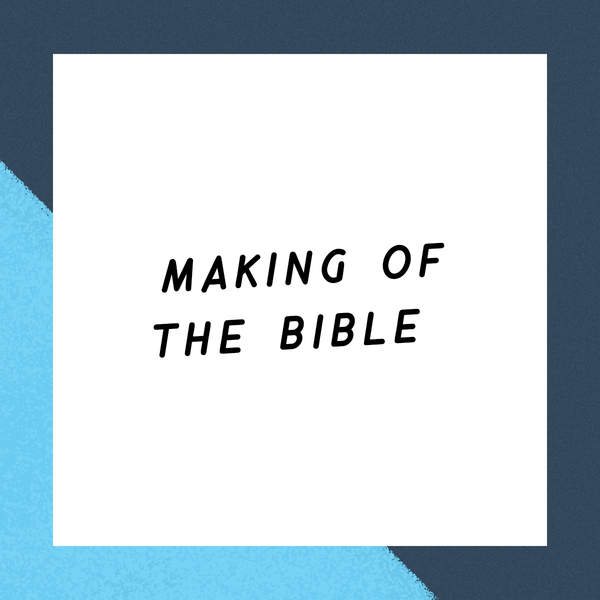
Episode 3
This is the third of a three part series on the making of the Bible. If you haven’t listened to the other two episodes, I recommend listening to those first.
Episode 3
--:--
Show Notes
This last episode is about the manuscript of the New Testament- which is really different than the Old Testament. The history of manuscript discovery is different and so fascinating. In the second half of this lecture, we talk about the process and the dynamics at work in collecting the books of the bible into what bible nerds call “The Canon”.
Referenced Resources
Interested in learning more? Check out Tim's library for a list of recommended books and other resources.
Get the BibleProject app for access to our entire library of resources in one place.